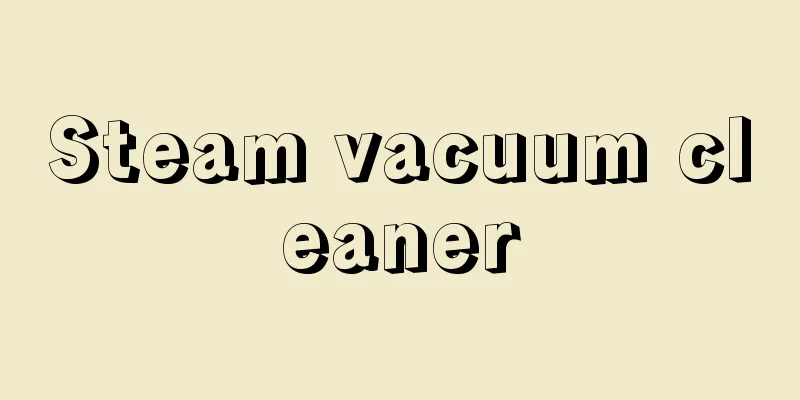Early symptoms of hemiplegia

|
We often hear about hemiplegia in many elderly people, because when they are old, they may suddenly suffer from cerebral infarction or physical problems due to emotional excitement, which may cause hemiplegia in an instant and may also lead to mental disorders. This requires special attention. In addition, patients may suffer from trauma, tumors, and vascular diseases. In particular, there are many other problems that are the causes of hemiplegia. Patients not only have reduced mobility, but also cannot take care of themselves. Symptoms 1. Cortical and subcortical hemiplegia In cortical hemiplegia, paralysis of the upper limbs is obvious, especially in the distal part. If cortical irritation occurs, there may be an epileptic seizure. When the parietal lobe is diseased, there is cortical sensory impairment, which is characterized by normal superficial sensations such as touch, temperature and pain, while solid sense, position sense and two-point discrimination sense are obviously impaired. Sensory impairment is more obvious in the distal part. Right-sided cortical hemiplegia is often accompanied by symptoms such as aphasia, apraxia, and agnosia (right-handedness), and bilateral subcortical hemiplegia is accompanied by impaired consciousness and mental symptoms. There is generally no muscle atrophy in cerebral cortical hemiplegia, but disuse muscle atrophy may occur in the late stage; however, hemiplegia caused by parietal lobe tumors may have obvious muscle atrophy. The cortical or subcortical hemiplegic tendon reflexes are hyperactive, but other pyramidal tract signs are not obvious. Cortical and subcortical hemiplegia is most commonly caused by middle cerebral artery lesions, followed by cerebral embolism caused by trauma, tumors, occlusive vascular disease, syphilitic vascular disease, or heart disease. (II) Internal cystic hemiplegia Internal cystic hemiplegia occurs when the pyramidal tract is damaged in the internal capsule. Internal cystic hemiplegia is manifested by paralysis of the upper and lower limbs, including the lower facial muscles and tongue muscles, on the opposite side of the lesion. In hemiplegia, muscles innervated by bilateral cortices are spared, namely the muscles of mastication, pharyngeal muscles, and the muscles of the eyes, trunk, and upper face. However, the upper facial muscles may be slightly affected sometimes, and the frontalis muscle may sometimes be weak, resulting in the eyebrows being slightly lower than the opposite side. The orbicularis oculi muscle may also be weak, but these disorders are short-lived and quickly return to normal. When the anterior 2/3 of the internal capsule of the hind limb is damaged, increased muscle tone appears early and obviously, and pathological reflexes of the extensor muscles are easy to appear. When the internal capsule of the forelimb is damaged, muscle rigidity occurs, and pathological reflexes are mainly in the flexor muscle group. The most common cause of internal cystic hemiplegia is hemorrhage or occlusion of the lenticulostriate artery supplying the middle cerebral artery. (III) Brainstem hemiplegia (also known as crossed hemiplegia) Hemiplegia caused by brainstem lesions often manifests as crossed hemiplegia, that is, paralysis of the cranial nerves on one side and paralysis of the upper and lower limbs on the opposite side. The most common causes are vascular, inflammatory and tumor. Midbrain hemiplegia: (1) Weber's syndrome: It is a typical representative of midbrain crossed hemiplegia, characterized by oculomotor nerve paralysis on the lesion side and hemiplegia on the contralateral side of the lesion. Due to the paralysis of the oculomotor nerve, the face droops, the pupils are dilated, and the eyeballs are in an exotropia position. Sometimes, paralysis of the eye movements to the side is seen, which is Foville's syndrome, and may be accompanied by sensory loss on the side of the hemiplegia and cerebellar ataxia. Its mechanism is that the lesion range is more extensive on the basis of Weber's syndrome, affecting the brainstem lateral vision center and its pathway of the eyeball. As well as sensory fibers and cerebellar red nucleus bundle. (2) Benedikt's symptom group: manifested by incomplete hemiplegia on the side opposite to the lesion, with chorea and athetosis on the hemiplegic side. |
<<: What causes headaches in high temperatures?
>>: Symptoms of back ligament strain
Recommend
What's the matter with the increased texture of the right lower lung
Smog has now spread across every city in our coun...
A series of methods for caring for patients with colorectal cancer are introduced in detail
Colorectal cancer is a very common tumor disease,...
What are some medicines that improve memory?
Parents all want their sons to be successful and ...
Can eating fried prawns with the skin on supplement calcium? Don't eat them at night
The nutritional value of prawns is very high. If ...
Is it good to grow eyelashes
Eyes are the windows to the soul. The first thing...
Rash on both sides of the neck
If you find that you suddenly have rashes on both...
How to floss your teeth
Many people use dental floss to clean their teeth...
Can I use cupping during my period?
Nowadays, many people like to do cupping. Cupping...
The benefits of acupoint massage
Some daily massage can effectively relieve our ti...
What medicine should I take for diarrhea caused by rectal cancer
If patients with rectal cancer are treated with t...
Four common causes of cervical cancer. How should we start to prevent cervical cancer?
The cause of cervical cancer (i.e. cervical cance...
What to do if you keep coughing during early pregnancy
Nurturing a life is a very long period of time. P...
How to take care of hangnails on fingers
If you have hangnails on your hands, do not tear ...
There are vertical lines on the thumb nail
Generally speaking, there are several reasons for...
What color hair should I dye if I have a fat face
More and more people are beginning to like dyeing...









